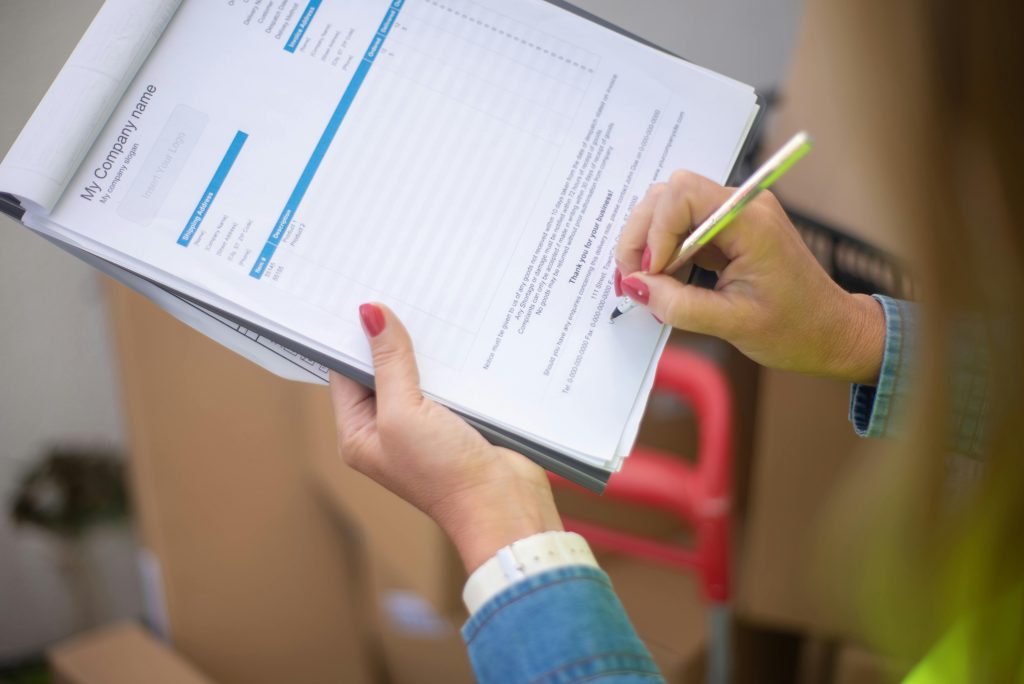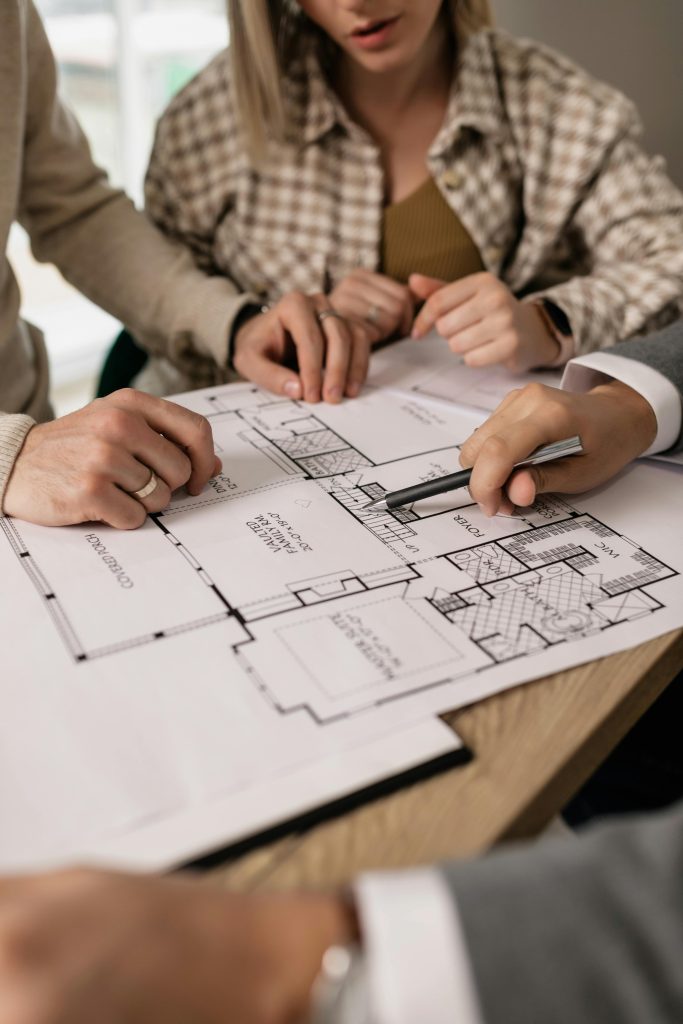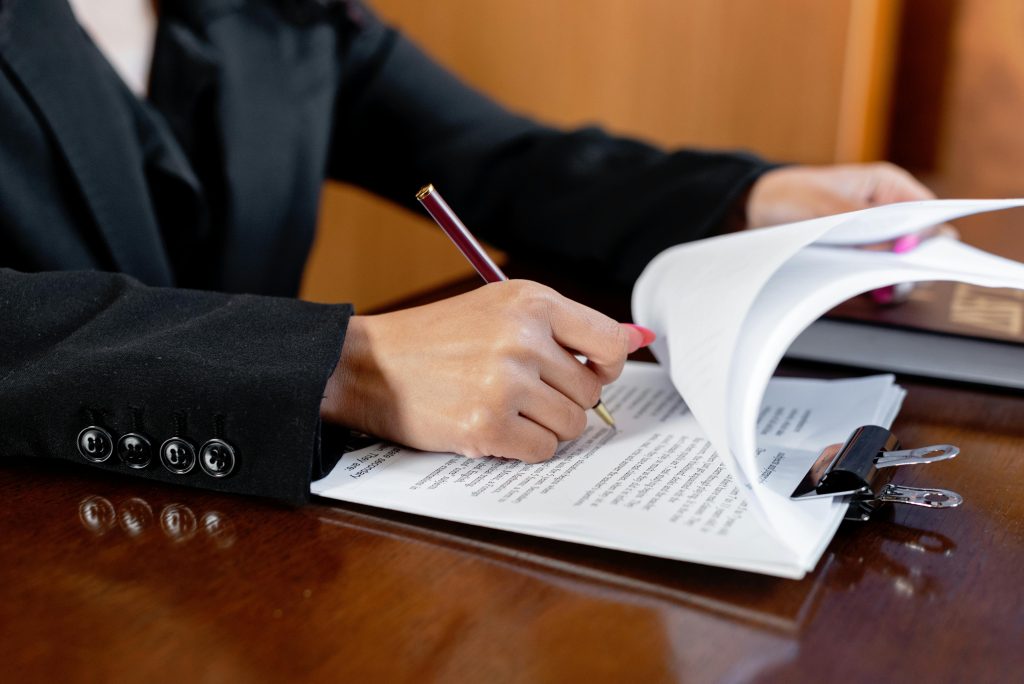Introduction
Lease renewals may sound like routine paperwork, but in reality, they are one of the most strategic aspects of property and asset management. Whether it’s a residential tenancy agreement or a commercial lease, the way renewals are managed can influence profitability, tenant satisfaction, compliance, and even long-term investment performance.
For landlords and property managers, handling renewals well means reducing vacancy risk, ensuring steady cash flow, and strengthening tenant relationships. For tenants, it means clarity, continuity, and negotiating terms that suit changing needs.
This article explores in detail how to manage lease renewals effectively — including the renewal process, challenges, best practices, and the role of technology in simplifying the workflow.
Why Lease Renewals Matter
1. Stability and Predictability
Renewals give landlords stable rental income while offering tenants continuity and peace of mind. Both sides avoid the uncertainty and disruption of re-leasing.

2. Reduced Vacancy and Turnover Costs
Finding new tenants (residential or commercial) often costs far more than retaining existing ones. Renewals minimize marketing costs, agent fees, and downtime.
3. Negotiation Leverage
Lease renewal periods allow landlords to adjust rent in line with market conditions. Tenants may also negotiate for improvements or concessions.
4. Legal and Compliance Requirements
In many jurisdictions, renewals must follow strict notice periods, rent cap regulations, or standardized contracts. Proper management ensures compliance and prevents disputes.
Common Challenges in Lease Renewals
Despite the benefits, renewals often come with hurdles.
- Missed Deadlines: Forgetting notice periods can result in automatic renewals at unfavorable terms or lapses into vacancies.
- Market Uncertainty: Rent adjustments must balance fair market value with tenant retention.
- Tenant Non-Responsiveness: Some tenants delay renewal decisions, creating uncertainty for landlords.
- Regulatory Complexity: Rent control laws, disclosure requirements, and notice obligations vary widely by region.
- Negotiation Stalemates: Landlords and tenants may struggle to align on rent, lease length, or property improvements.
The Lease Renewal Process
Managing lease renewals requires a structured workflow. While steps differ slightly for residential vs. commercial leases, the overall process looks like this:
Step 1: Review Current Lease Terms
- Identify expiration date, notice period requirements, and renewal clauses.
- Some leases include automatic renewal or option-to-renew terms, while others require fresh negotiations.
Step 2: Assess Market Conditions
- Conduct a rental market analysis to understand current rates.
- For commercial leases, consider occupancy trends in the area and comparable properties.
Step 3: Engage with Tenants Early
- Best practice is to start renewal discussions 90–120 days before expiration.
- Early communication builds goodwill and allows time for negotiation.
Step 4: Evaluate Tenant Performance
- Residential: Payment history, property care, and relationship.
- Commercial: Business stability, timely payments, and impact on property reputation.
Step 5: Draft Renewal Terms
Typical changes may include:
- Rent adjustment (increase or decrease based on market).
- Lease duration (1–3 years for residential; 3–10 years for commercial).
- Responsibilities for maintenance, utilities, or insurance.
- New clauses (e.g., break clauses, fit-out allowances, or sustainability commitments).
Step 6: Issue Renewal Offer
- Provide tenants with a formal written renewal offer, outlining updated terms.
- Ensure compliance with statutory notice periods.
Step 7: Negotiate and Finalize
- Landlords and tenants may negotiate changes before signing.
- Finalize the renewal contract with signatures from all parties.
Residential vs. Commercial Lease Renewals
Residential Lease Renewals
- Typically shorter term (6–24 months).
- Rent increases often subject to government rent control caps.
- Simpler contracts, fewer specialized clauses.
- Focus is on affordability and tenant retention.
Commercial Lease Renewals
- Longer duration, often 3–10 years.
- Negotiations more complex — rent escalations, property upgrades, shared maintenance, and tenant improvements.
- May involve legal teams or brokers.
- Critical for businesses seeking stability in location.
Negotiation Dynamics
Lease renewal discussions are rarely one-sided. Both landlords and tenants approach negotiations with specific goals:
- Landlords Aim to:
- Secure longer-term income.
- Increase rent while staying competitive.
- Reduce turnover costs.
- Tenants Aim to:
- Maintain affordability.
- Seek upgrades or concessions.
- Gain flexibility with shorter terms or break clauses.
Example:
A retail tenant renewing a 5-year lease may negotiate for landlord-funded renovations in exchange for agreeing to a longer lease term.
Importance of Timing
Timing is everything in renewals.
- Early Engagement (90+ days): Allows smooth negotiation and builds trust.
- Late Engagement (30 days or less): Creates pressure, often leading to rushed or unfavorable terms.
- Automatic Renewals: Some leases automatically renew if neither party takes action — potentially locking one side into outdated terms.

Proactive property managers track deadlines carefully to avoid surprises.
Best Practices for Managing Lease Renewals
1. Centralize Lease Data
Maintain a digital record of all leases with key details such as expiration dates, notice periods, and rent escalation clauses. A centralized system prevents missed deadlines.
2. Start Renewal Conversations Early
Engage tenants at least 90–120 days before expiration. This allows time for market research, negotiations, and paperwork without last-minute pressure.
3. Conduct Regular Market Reviews
Keep rental terms competitive by benchmarking against local market data. Overpricing risks losing tenants, while underpricing means lost revenue.
4. Prioritize High-Quality Tenants
For tenants with strong payment history and good relationships, offer incentives like modest rent increases or flexible terms to encourage renewal.
5. Standardize Renewal Templates
Use standardized renewal agreements and offer letters to reduce errors and speed up the process, while still leaving room for customization.
6. Ensure Compliance
Follow all legal requirements on notice, rent increases, and contract terms. Non-compliance can nullify agreements or expose landlords to penalties.
7. Document Everything
Maintain written records of all offers, negotiations, and signed documents. These records are essential in case of disputes.
Technology and Lease Renewal Management
The complexity of managing multiple leases has driven widespread adoption of lease management software.
Features That Simplify Renewals
- Automated Alerts: Notify managers of upcoming expirations months in advance.
- Digital Workflows: Streamline drafting, negotiation, and signing of renewal agreements.
- Integrated Market Data: Provide real-time benchmarks for rent adjustments.
- Analytics Dashboards: Offer insights into tenant retention rates, revenue forecasting, and portfolio risk.
- E-signature Integration: Speeds up approvals while reducing paperwork.
Popular Platforms
- Yardi & MRI Software: Comprehensive property management systems widely used in real estate.
- Leasecake & Occupier: Focused on simplifying commercial lease management.
- Proprietary Systems: Many enterprises build in-house platforms for managing large portfolios.
Real-World Case Studies
Case Study 1: Residential Property Manager
A mid-sized property management firm overseeing 300 apartments used Excel to track lease expirations. Frequent errors led to missed renewals and increased vacancies. After switching to a lease management platform with automated alerts, renewal rates improved by 18%, reducing turnover costs significantly.
Case Study 2: Retail Chain Commercial Leases
A retail chain with 120 outlets faced inconsistent renewals across regions. By centralizing leases in a cloud-based system, they standardized renewal processes and aligned negotiations with market data. The chain secured favorable terms and reduced missed renewals to zero.
Case Study 3: Office Landlord Negotiations
A landlord managing a downtown office building proactively engaged anchor tenants 6 months before lease expiration. By offering tenant improvements (upgraded HVAC and parking discounts), they secured a 10-year renewal, ensuring long-term stability and avoiding vacancy losses.
The Future of Lease Renewal Management
1. AI-Powered Negotiation Insights
AI tools will analyze tenant history, market conditions, and contract data to recommend optimal renewal terms.
2. Predictive Analytics
Machine learning will help forecast tenant turnover and identify at-risk leases, allowing managers to act preemptively.
3. Blockchain Smart Contracts
Future leases may auto-renew or trigger rent adjustments via smart contracts, ensuring transparency and eliminating disputes.
4. Tenant Self-Service Portals
Tenants will increasingly handle renewals digitally, selecting terms and signing agreements online without back-and-forth emails.
5. ESG Considerations
Sustainability clauses, green certifications, and energy efficiency standards are becoming part of renewal negotiations, especially in commercial real estate.
Conclusion
Managing lease renewals is far more than a formality. It’s a strategic process that impacts revenue, compliance, and tenant satisfaction. Successful renewal management requires:
- Proactive planning (engaging early).
- Market awareness (aligning with rental trends).
- Tenant-centric negotiation (balancing landlord profitability with tenant satisfaction).
- Technology adoption (reducing errors and streamlining workflows).

Handled well, renewals strengthen relationships, minimize vacancies, and provide long-term stability for landlords and tenants alike.
FAQs
1. When should landlords start the lease renewal process?
Best practice is 90–120 days before lease expiration, allowing enough time for negotiations and market assessments.
2. Can landlords increase rent during a renewal?
Yes, but increases must comply with local rent control laws and should reflect fair market value.
3. What happens if neither party initiates renewal?
In some jurisdictions, leases automatically roll over into month-to-month agreements. In others, the lease simply expires, and tenants must vacate.
4. Do tenants have to accept new terms during renewal?
No. Renewals are subject to mutual agreement. If tenants decline, the lease ends at expiration.
5. How do commercial lease renewals differ from residential?
Commercial renewals are longer-term, more complex, and may involve negotiations over upgrades, maintenance, or co-tenancy clauses.
6. What tools can help manage renewals?
Lease management software such as Yardi, MRI, and Leasecake provides automated alerts, analytics, and e-signature workflows.Best Practices for Managing Lease Renewals
1. Centralize Lease Data
Maintain a digital record of all leases with key details such as expiration dates, notice periods, and rent escalation clauses. A centralized system prevents missed deadlines.
2. Start Renewal Conversations Early
Engage tenants at least 90–120 days before expiration. This allows time for market research, negotiations, and paperwork without last-minute pressure.
3. Conduct Regular Market Reviews
Keep rental terms competitive by benchmarking against local market data. Overpricing risks losing tenants, while underpricing means lost revenue.
4. Prioritize High-Quality Tenants
For tenants with strong payment history and good relationships, offer incentives like modest rent increases or flexible terms to encourage renewal.
5. Standardize Renewal Templates
Use standardized renewal agreements and offer letters to reduce errors and speed up the process, while still leaving room for customization.
6. Ensure Compliance
Follow all legal requirements on notice, rent increases, and contract terms. Non-compliance can nullify agreements or expose landlords to penalties.
7. Document Everything
Maintain written records of all offers, negotiations, and signed documents. These records are essential in case of disputes.
Technology and Lease Renewal Management
The complexity of managing multiple leases has driven widespread adoption of lease management software.
Features That Simplify Renewals
- Automated Alerts: Notify managers of upcoming expirations months in advance.
- Digital Workflows: Streamline drafting, negotiation, and signing of renewal agreements.
- Integrated Market Data: Provide real-time benchmarks for rent adjustments.
- Analytics Dashboards: Offer insights into tenant retention rates, revenue forecasting, and portfolio risk.
- E-signature Integration: Speeds up approvals while reducing paperwork.
Popular Platforms
- Yardi & MRI Software: Comprehensive property management systems widely used in real estate.
- Leasecake & Occupier: Focused on simplifying commercial lease management.
- Proprietary Systems: Many enterprises build in-house platforms for managing large portfolios.
Real-World Case Studies
Case Study 1: Residential Property Manager
A mid-sized property management firm overseeing 300 apartments used Excel to track lease expirations. Frequent errors led to missed renewals and increased vacancies. After switching to a lease management platform with automated alerts, renewal rates improved by 18%, reducing turnover costs significantly.
Case Study 2: Retail Chain Commercial Leases
A retail chain with 120 outlets faced inconsistent renewals across regions. By centralizing leases in a cloud-based system, they standardized renewal processes and aligned negotiations with market data. The chain secured favorable terms and reduced missed renewals to zero.
Case Study 3: Office Landlord Negotiations
A landlord managing a downtown office building proactively engaged anchor tenants 6 months before lease expiration. By offering tenant improvements (upgraded HVAC and parking discounts), they secured a 10-year renewal, ensuring long-term stability and avoiding vacancy losses.
The Future of Lease Renewal Management
1. AI-Powered Negotiation Insights
AI tools will analyze tenant history, market conditions, and contract data to recommend optimal renewal terms.
2. Predictive Analytics
Machine learning will help forecast tenant turnover and identify at-risk leases, allowing managers to act preemptively.
3. Blockchain Smart Contracts
Future leases may auto-renew or trigger rent adjustments via smart contracts, ensuring transparency and eliminating disputes.
4. Tenant Self-Service Portals
Tenants will increasingly handle renewals digitally, selecting terms and signing agreements online without back-and-forth emails.
5. ESG Considerations
Sustainability clauses, green certifications, and energy efficiency standards are becoming part of renewal negotiations, especially in commercial real estate.
Conclusion
Managing lease renewals is far more than a formality. It’s a strategic process that impacts revenue, compliance, and tenant satisfaction. Successful renewal management requires:
- Proactive planning (engaging early).
- Market awareness (aligning with rental trends).
- Tenant-centric negotiation (balancing landlord profitability with tenant satisfaction).
- Technology adoption (reducing errors and streamlining workflows).
Handled well, renewals strengthen relationships, minimize vacancies, and provide long-term stability for landlords and tenants alike.
FAQs
1. When should landlords start the lease renewal process?
Best practice is 90–120 days before lease expiration, allowing enough time for negotiations and market assessments.
2. Can landlords increase rent during a renewal?
Yes, but increases must comply with local rent control laws and should reflect fair market value.
3. What happens if neither party initiates renewal?
In some jurisdictions, leases automatically roll over into month-to-month agreements. In others, the lease simply expires, and tenants must vacate.
4. Do tenants have to accept new terms during renewal?
No. Renewals are subject to mutual agreement. If tenants decline, the lease ends at expiration.
5. How do commercial lease renewals differ from residential?
Commercial renewals are longer-term, more complex, and may involve negotiations over upgrades, maintenance, or co-tenancy clauses.
6. What tools can help manage renewals?
Lease management software such as Yardi, MRI, and Leasecake provides automated alerts, analytics, and e-signature workflows.

